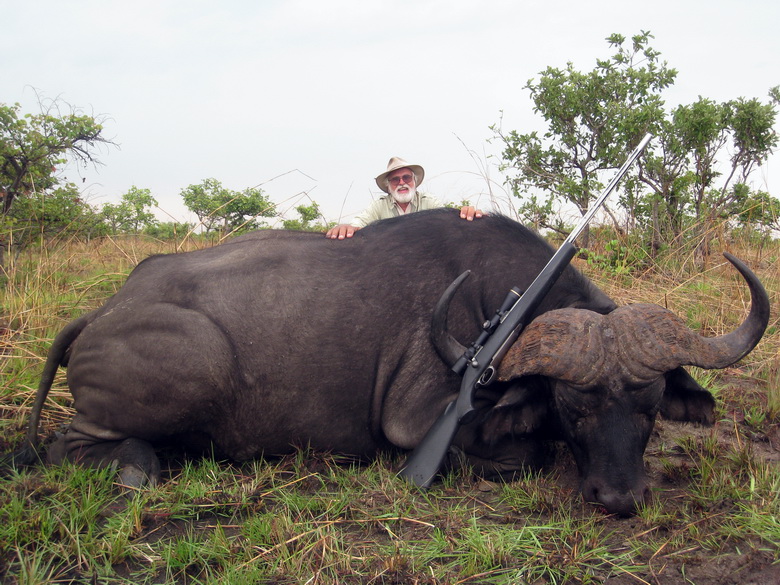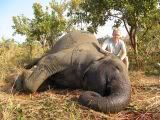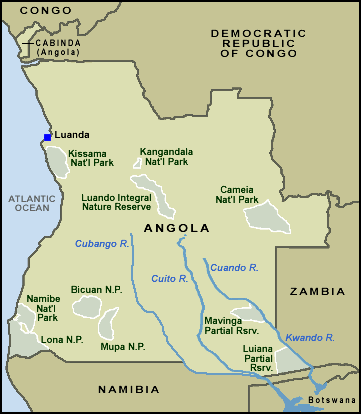

 The Accurate Reloading Forums
The Accurate Reloading Forums  THE ACCURATE RELOADING.COM FORUMS
THE ACCURATE RELOADING.COM FORUMS  Hunting
Hunting  African Big Game Hunting
African Big Game Hunting  Angola opening up?
Angola opening up?Go  | New  | Find  | Notify  | Tools  | Reply  |  |
| one of us |
The discussion of the 100# elephant got me interested in the company that took it. Their website states they will be doing exploratory hunts into Angola with clients in 2008. http://www.safarihuntingafrica.com/cms2/?p=p_24&sName=hunting-safaris If this happens, you should see some more big tuskers from the migrations through the Caprivi, Bots, Angola areas. _______________________________  | ||
|
| One of Us |
That remains to be seen and isn't Angola in the same boat as Moz as far as CITES permits is concerned when getting ivory imported into this country? Used to be 475Guy add about 2000 more posts | |||
|
| one of us |
I'm sure CITES would be a problem. Angola has been closed for a long time. I wonder if they have the land mines cleaned up? _______________________________  | |||
|
| One of Us |
Hell no, there's still millions of landmines all over the continent. Used to be 475Guy add about 2000 more posts | |||
|
One of Us |
Angola has more people walking and hopping around without limbs...Arms and legs lost to mines in the country...If I hunted Angola I would want to be in an Abrams battle tank for protection... I do remember in the early sixties Angola was a great place for super big lion..Read many stories in Outdoor life and Sports Afield Mike | |||
|
| One of Us |
PK van der Byl (I believe was involved in Rhodesian politics and owned a farm in the W Cape, my mind is clouded with other work right now?) shot the biggest bodied African elephant on record in southern Angola (over 4 meters at the shoulder). Oh yes...he used a .425WR Oh yes again...if you are interested in the history of Angolan conservation and socio-environmental politics until recent, read 'A Certain Curve of Horn' by John Walker. Its a favourite of mine. Cheers | |||
|
| one of us |
I know it's a dangerous place but in time perhaps it could come back as a viable location. It certainly has a fantastic history. I found this map and info...  After gaining independence from Portugal in 1975, it was engulfed in a civil conflict that lasted for more than a quarter century. A cease-fire was called in April 2002, two months after the death of UNITA leader Jonas Savimbi, and on November 21, 2002, the government and former rebels signed a peace agreement that definitively ended the conflict. Fighting has ended in all areas of the country except for the Cabinda enclave, and there are growing signs of economic recovery. Nevertheless, major problems remain with virtually every element of infrastructure and government service throughout the country, including communications, roads, and basic education and health services. Facilities for tourism, particularly outside the capital of Luanda, are extremely limited. _______________________________  | |||
|
| Powered by Social Strata |
| Please Wait. Your request is being processed... |
|

Visit our on-line store for AR Memorabilia

